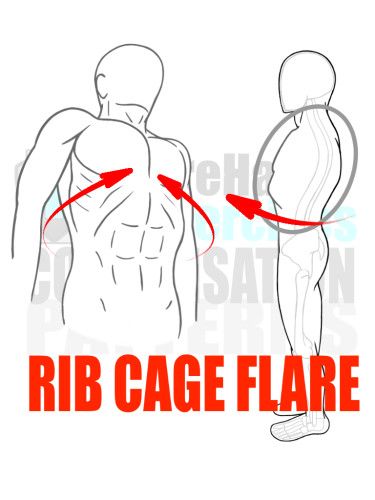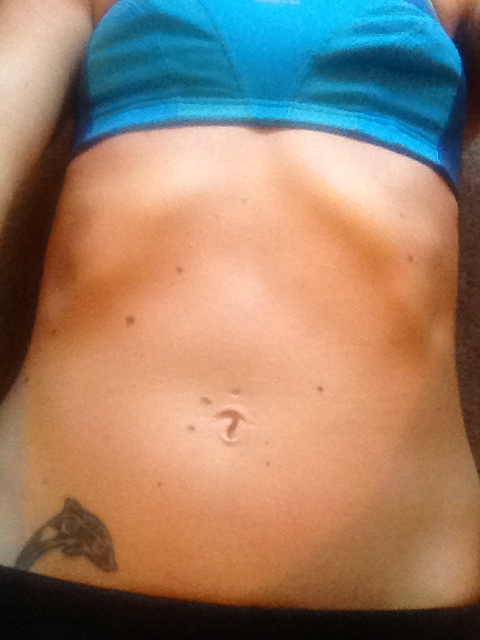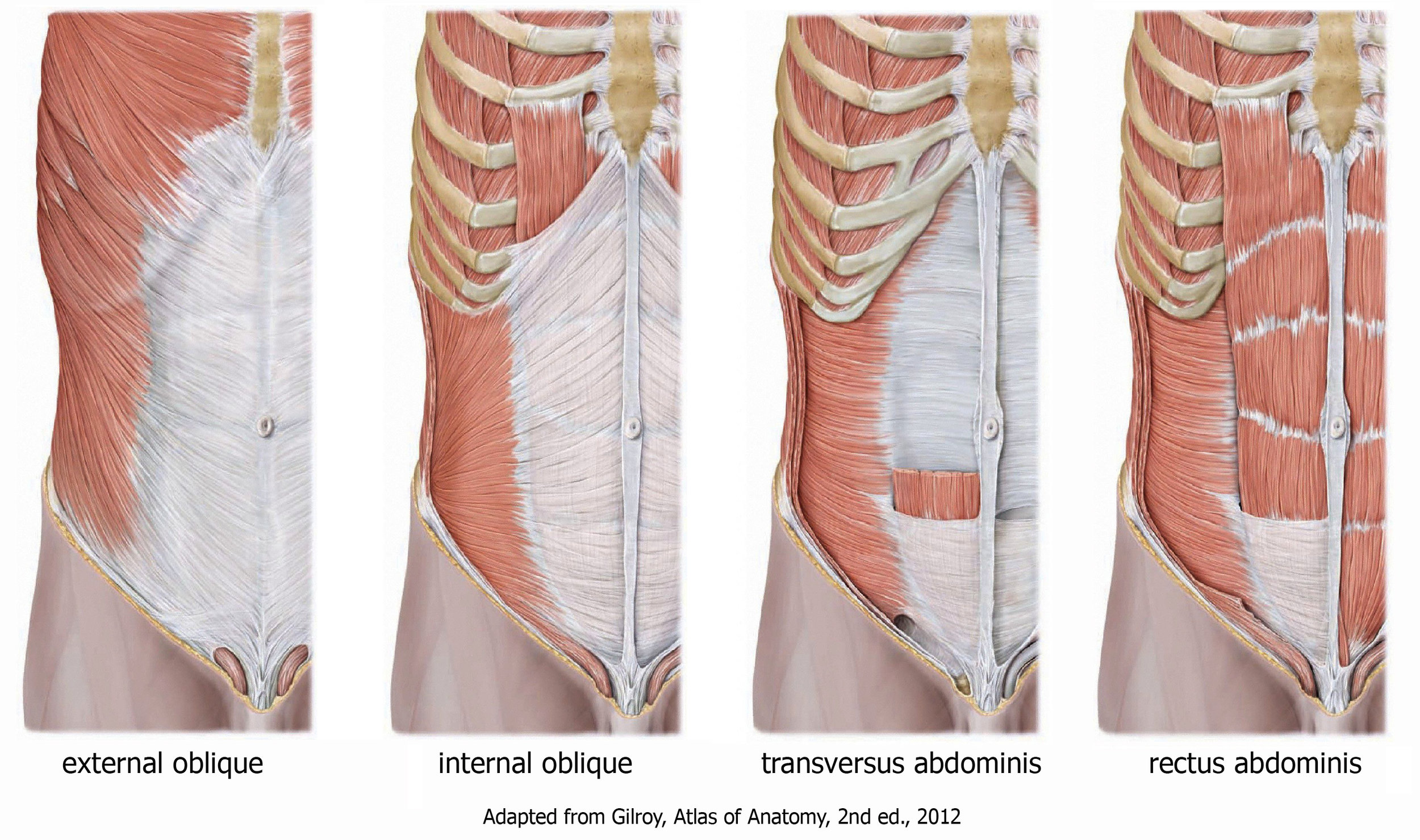Headaches affect millions of people. They can be absolutely debilitating affecting your social and professional lives. This can lead to degradation of relationships and cause depression. Headache sufferers will try things from over the counter pain meds to chiropractic to Botox injections to deal with the pain. CNN has published this article talking about some of the types of headaches, their symptoms, and potential causes in the article "Migraines to cluster headaches: The most painful headaches you could ever have".
As the article infers, headaches are still very much a mystery. Symptoms within a classification of headache are not consistent and may overlap from one classification to the next. This makes treating them very tricky. It also makes diagnosis difficult.
In our clinical experience, we have been able to bring relief, if not eliminate our patients headaches, with PRI (Postural Restoration) physical therapy. It is not uncommon for us to evaluate a patient that has gone through the medical ringer - MRIs, CT scans, medications, Botox or muscular injections, and even physical therapy without improvement of their symptoms.
How is this possible? As we've mentioned in previous blog posts, PRI evaluates patients in a very unique way. We not only look at the mechanics and musculoskeletal position of the painful area, but also of the entire body. Once deficits have been identified, we strive to increase strength and range of motion, as well as to reeducate the body how to move in a biomechanically correct and functional way. This is the best way to fully heal and address the source of the pain. We do this by activating muscles in polyarticular chains, or muscles that work in unison when we walk and move. Our bodies do not utilize one muscle or joint at a time, so isolated rehabilitation will not yield fully and/or lasting results.
We also evaluate sensory input into the brain (how our feet sense the ground, our visual system, and jaw joint position) to see if faulty information is being sent, causing compensated movement strategies. Such compensations can "lock" us into a pattern of dysfunction and pain. If there is a problem in one of these areas, we can help by utilizing exercises and manual techniques. If more is needed, we work closely with a trusted group of dentists, neuroptometrists, and podiatrists to address the problem areas.
Due to the fact that headaches can come from a multitude of causes (poor posture, stress, increased fight or flight nervous system tone, visual strain, TMD/TMJ, neurological conditions, etc.) and may be due to several at the same time, PRI's holistic and integrated approach evaluates and treats all of these issues on some level. Medical imaging of the brain and neck (routinely used when trying to diagnose the medical cause of a headache) cannot see poor movement patterns, increased fight or flight nervous system tone, and/or jaw joint dysfunction. Therefore, the physician often makes an educated guess on what type of headache you have and how to treat it. This helps explain why headaches are so difficult to treat since headache symptomolgy and classifications are ever-changing and hard to pin point.
Integrate 360 Physical Therapy's integrated, holistic approach allows us to cast a wide net in terms of areas treated and treatment interventions. This typically allows us to catch the deficit that had been missed by previous healthcare team members. Let us help you take back your life.
If you'd like more information or want to see how we can be of help in eliminating your headaches, call 314-733-5000 or email Lesley@Integrate36PT.com or Nancy@Integrate360PT.com













